Post by Kristin Lau, Toronto-based documentary photographer @kristinannelau
Light For Life: Solar Energy in Nepal
Energy is at the forefront of most economic, environmental and developmental issues the world faces today. Reliable energy services that are clean, efficient, and affordable are fundamental to a modern quality of life and a country’s global prosperity. In Nepal, over two-thirds of the population lack access to reliable electricity. For those who have a grid connection, the average power outage is nine hours each day; during the dry season this can reach over 20 hours. In addition, many traditional energy sources are highly destructive to the environment. A lack of access to electricity prevents access to high quality healthcare, education, water and other services that are fundamental to the alleviation of poverty and an improved quality of life.
In partnership with two nonprofit organizations, SunFarmer and Photographer’s Without Borders, I had the opportunity to return to Nepal to work on my long-term mixed media documentary project on solar energy solutions in Nepal. SunFarmer is a solar engineering non-profit that installs solar energy in hospitals, health clinics, schools and agricultural sites throughout the developing world. Nearly 1.3 billion people worldwide are without access to electricity. In Nepal, a country that has endured long-term political hardship and instability, a lack of electricity remains one of the biggest barriers to its economic development and prosperity.
In order to plan my month-long return, I knew I would need a few essential items to do my job as a photographer and find a way to keep my equipment for photography and film fully charged. The site visits we worked out several months in advance included travel to remote agricultural locations, as well as regions where SunFarmer and their partner organizations were delivering disaster relief to people who lost their homes in the April 25th and May 12th earthquakes earlier in the year. My goal and focus was to follow the families I met, document the importance of reliable electricity and share a collective visual story that chronicles the lives of the Nepalese families and local community members throughout Nepal’s countryside.
I knew that we would have little to no access to electricity in these remote areas and that we would need a way to harness the sun’s energy to power our equipment. For my project, Voltaic Systems provided me with their 17-watt solar charger kit that was perfect for the job. This kit combines a rugged, lightweight and waterproof 17-watt solar panel with the V72 portable battery (now available as the V88 Battery)for speedy laptop, DSLR camera battery, GoPro battery and tablet / smartphone charging in all locations where we had direct sunlight to use the 17-watt panel to power the portable battery. During the evenings and on the road when we had no direct sunlight access, we were able to use the stored power from the V72 portable battery to keep all of our devices charged for the next day’s shoot. The accessories and various charging cradles supplied by Voltaic Systems allowed for a very mobile charging station inside our four-wheel drive, outdoors on site and inside the guesthouses we stayed at. This setup provided a great back-up solution for us on the road while traveling across Nepal’s countryside.
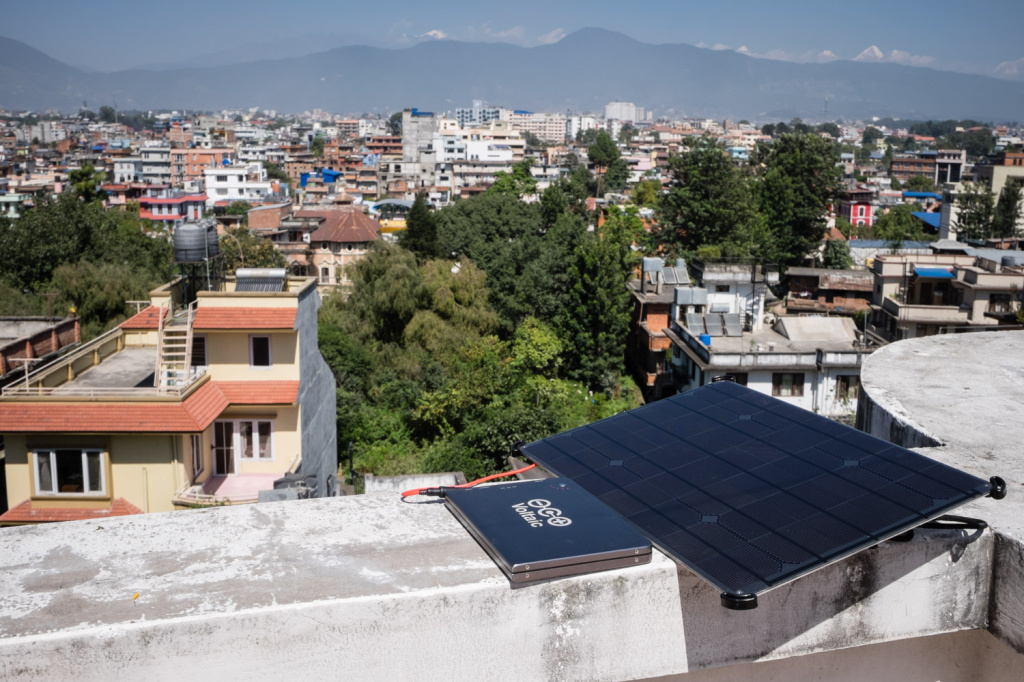
On location shooting with the Voltaic Systems 17-watt solar charging kit has allowed me and my teammates to continue running our camera batteries down with peace of mind that we would always have a way to power our equipment for the next day’s shoot. On average, we spent one to two days at each solar site and would need enough power to run through four to five interviews with a run time of 5 minutes to 15 minutes and a 30 minutes to an hour portrait session at the end. We needed to keep two camera bodies charged at all times with spare batteries ready to go. I had with me my Canon 5D Mark III as my main camera and Fuji XT-1 as backup and second camera. We ran through three to four batteries each day on average.
As Nepal continues to struggle with the effects of the natural disasters and political instability, renewable energy is providing both light and hope for a nation of people renowned for their resilience.
Learn more about Kristin’s trip, including more photos and gallery display locations here.
In Kristin’s Bag:
- Voltaic Systems V72 portable battery and 17-watt solar panel
- Canon 5D Mark III Camera Body
- Canon EF L series 24-70mm f/2.8 lens
- Canon EF L series 16-35mm lens
- FujiFilm X-T1 Camera Body
- FujiFilm XF 23mm f/1.4 R prime lens
- FujiFilm XF 56mm f/1.2 R prime lens
- Fuji Fujinon XF 50-140mm F/2.8 LM OIS WR
- Profoto Softbox RFi 3” Octabox
- Profoto RFi Speedlight Speedring
- Portable Lightstand
- Canon 430EX II Speedlight
- Hanel transmitter/receiver
- Manfrotto 222 joystick head
- Sennheiser G3 Wireless lavalier
- Zoom H4N External Recorder
- Vanguard Alta Pro 264 Tripod
- inReach DeLorme SE 2-way satellite communication device
- Extra camera batteries, AA batteries, CF Cards, SD Cards, and chargers
- Laptop, Hard Drive, USB Stick
- Lens filters / Lens cleaning kit
- First Aid kit
- Dry Bag
- Notepad / Pen
- Waterproof shell / towel
- Bug Spray
- Super Glue / Duct Tape / Electrical Tape
- Head Lamp

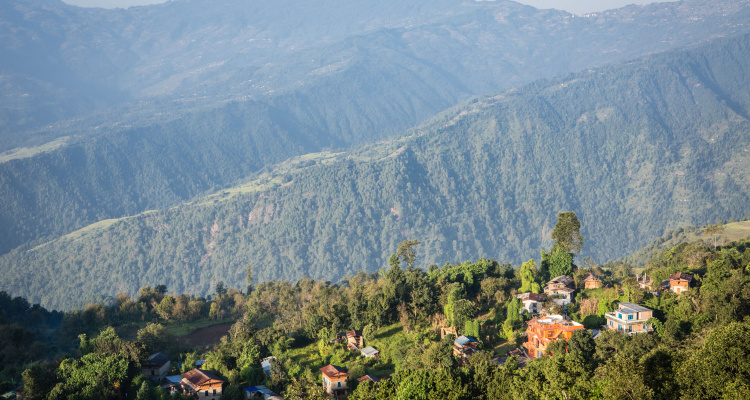
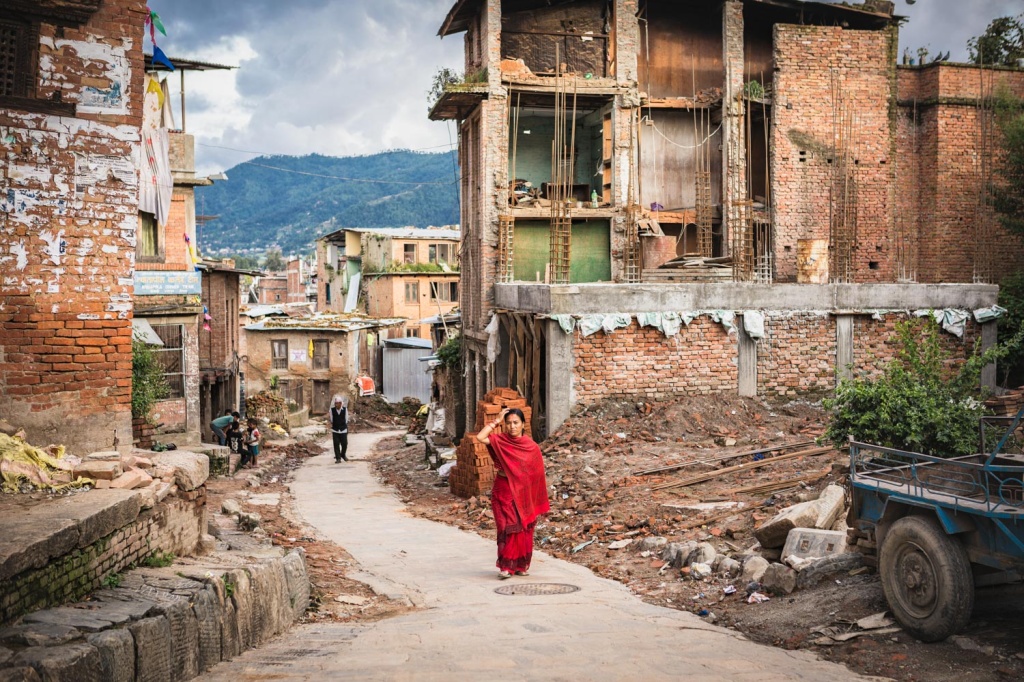
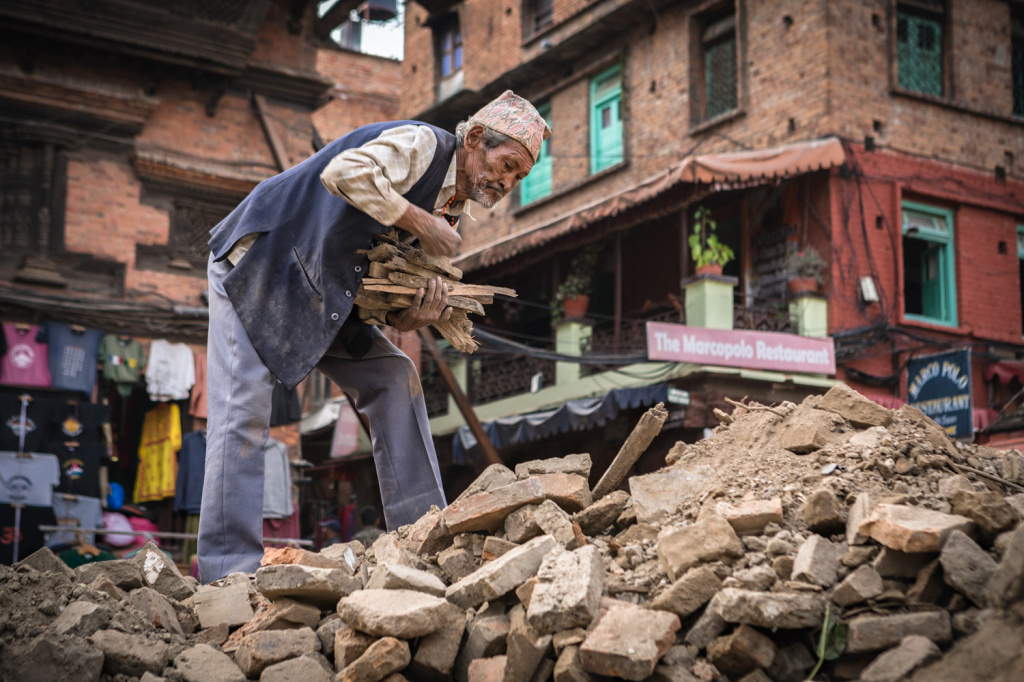
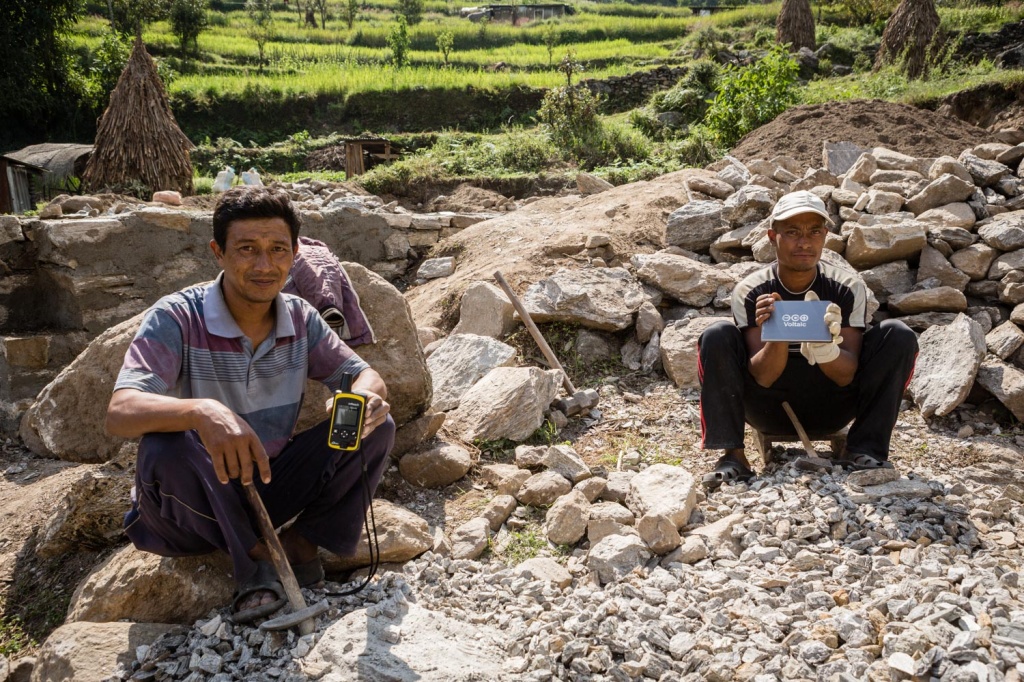
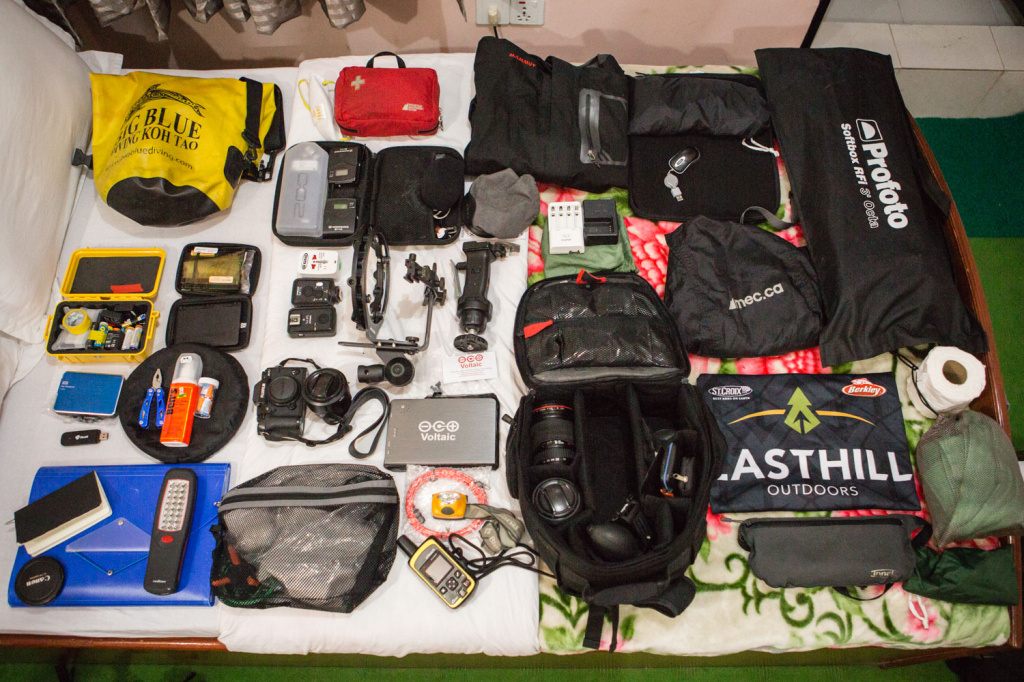
Leave a Reply